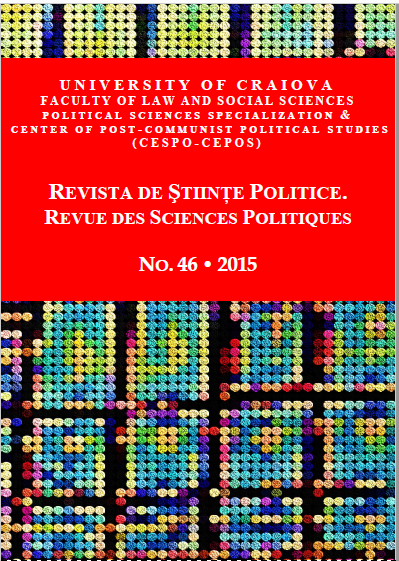Perception of Russians, Ukrainians, and Belarusians in Slovakia: Are They Still Seen Similar?
Perception of Russians, Ukrainians, and Belarusians in Slovakia: Are They Still Seen Similar?
Author(s): Antanina SiamionavaSubject(s): Cultural history, Political history, Evaluation research, Sociology of Culture, Sociology of Politics
Published by: Editura Universitaria Craiova
Keywords: Russians; Ukrainians; Belarusians; Slovaks; attitudes; perception;
Summary/Abstract: Historically, due to the relative cultural and linguistic similarities, the people of Russia, Ukraine and Belarus were seen as rather similar to each other or even the same. The epoch of the Soviet Union made the differences between those nations even more blurred (the same political and social system, usage of the Russian language, Soviet propaganda, etc.). The aim of the present research was to find out what are the common opinions and beliefs regarding Russians, Ukrainians and Belarusians among two different generations of Slovaks: university students (aged 18-28) and elderly adults (aged 70 and older), grown in different historical contexts: communism and post-communism. The research was particularly focused on the issue, whether they see any differences between Russians, Ukrainians, and Belarusians nowadays, many years after the fall of communism, and whether the collective image of “Soviets” or “Russians” is still alive. The case of Slovakia was chosen because of its predominantly positive historical attitudes towards Russia. For Slovaks, the early image of Russia was shaped by the Pan-Slavism ideology, which suggested the unity of the all Slavs based on their common origin. That made the case of Slovakia different fromthe other Central-European states, e.g. Poland, or Lithuania, which mainly saw Russia as the main threat to their national and political independence throughout the history. Secondary data analysis and focus group interviews were applied as the research methods. Six focus group interviews were conducted in Bratislava (three with elderly adults and three with university students). The results of the research show certain differences in the perception of the target nations by different age groups.
Journal: Revista de Științe Politice. Revue des Sciences Politiques
- Issue Year: 2015
- Issue No: 46
- Page Range: 92-101
- Page Count: 10
- Language: English

